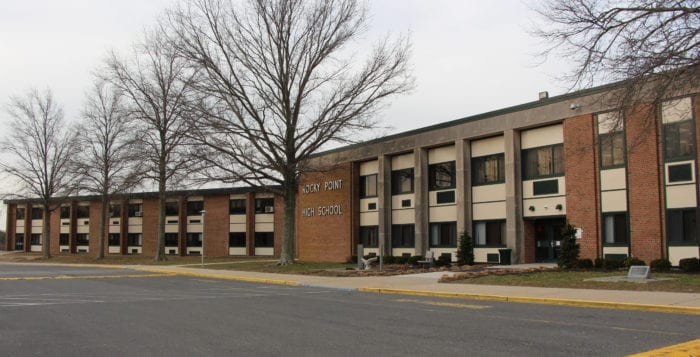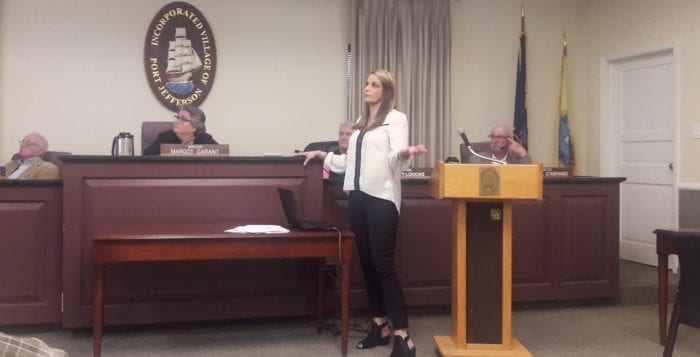Despite the ongoing pandemic, Port Jefferson village is still moving ahead with its budget agenda, this year seeing a revenue decrease thanks in part to the LIPA settlement reducing the assessed value of the Port Jefferson Power Station.
The Port Jefferson village board held a budget hearing over the Internet, even including a live rendition of the national anthem by Port Jefferson student Nicholas Rodriguez, who played Oliver during the annual Charles Dickens Festival.
However, the new format did not allow for any public comment. This was in accordance with New York Gov. Andrew Cuomo’s (D) executive order suspending portions of the public meeting law due to the coronavirus crisis.
The proposed 2020-21 budget includes $9,992,565 in total appropriations, a 3.19 percent decrease from last year’s amount of $10,310,869. This takes into account a 3.5 percent Increase in the tax rate, a $111,088 decrease in assessed value of the Port Jefferson Power Station, as well as a $145,000 decrease in ambulance charges since that is now handled by the Town of Brookhaven.
“Cutting our budget by over $300,000 was not an easy task,” said Mayor Margot Garant. “In cutting that budget we were effective in consolidating some departments.”
One of the changes she referenced was moving one clerk typist into the position of a retiring typist, at a lower salary, without replacing the original with a new employee.
As regards other village employees, the village assessor, who was on an hourly rate, has become salaried at $30,000, resulting in an increase of $26,019 from what he was getting paid this last year.
The board is also hiring a full-time internal deputy village attorney as a prosecutor, for a total expense to the village of $102,000. Garant said the board agreed this was needed to help prosecute offenses more effectively, also bringing in more revenue for the courts.
“We were just not getting any real effect as a board,” the mayor said. “We collectively agreed bringing on a staff full time will have more direction over individuals.
Village attorney Brian Egan said this will aid in prosecutions of village code infractions. He added that New York State’s new discovery laws, which require municipalities to present all evidence to the defense within a short time after being charged with a crime, have been difficult on small entities like Port Jeff. The new prosecutor will be in charge of handling that side of things.
“This is to really put an emphasis on our code enforcement to go out and aggressively prosecute code enforcement violations,” Egan said. “Having a full-time deputy village attorney … will benefit [the village] all the time.”
This year, the village is looking to raise $6,451,427 from taxes, a near $50,000 increase from last year.
“Because our LIPA assessment is frozen at a settlement … the assessed value shifts from the power plant to the shoulders of our residents,” Garant said.
In terms of capital projects, there are several on the horizon for the upcoming fiscal year, including building the $795,069 parking lot on Barnum Avenue. There are also plans to renovate the Highlands Boulevard retaining wall in the next two to three months using funds from the Dormitory Authority of the State of New York gained through state Sen. Ken LaValle (R-Port Jefferson). Additionally, the village has gained Suffolk County grants to renovate the bathrooms by Rocketship Park and in the lower floor of Village Hall, to fix lingering issues, make them Americans with Disabilities Act compliant and heat the outside bathrooms so they can be used in the winter. Additionally, an $80,000 drainage project on Longfellow Drive is expected to start this year.
The village has also recently received permits from the New York State Department of Environmental Conservation for securing the bluff on East Beach, which has been rapidly eroding over the past several years. The mayor had expected they would need to take out a small bond for that project. Another bonded project will most likely be the digitization of village records at both the building and planning department and the clerk’s department. Such a project may cost upward of $200,000.
The village currently has a AA bond rating.

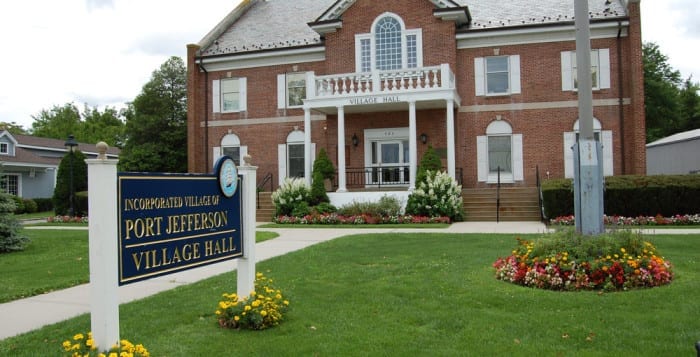
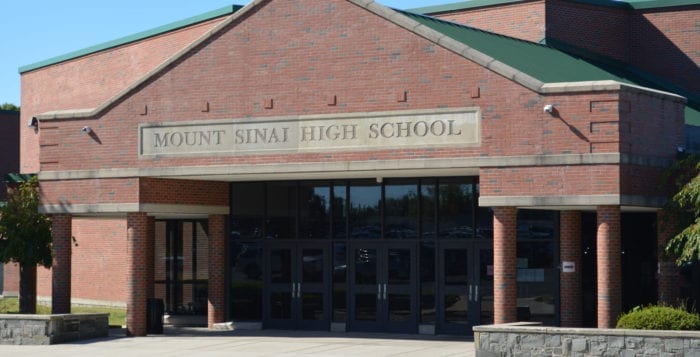
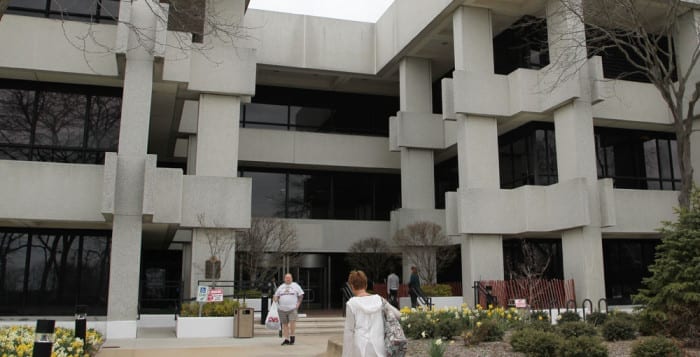
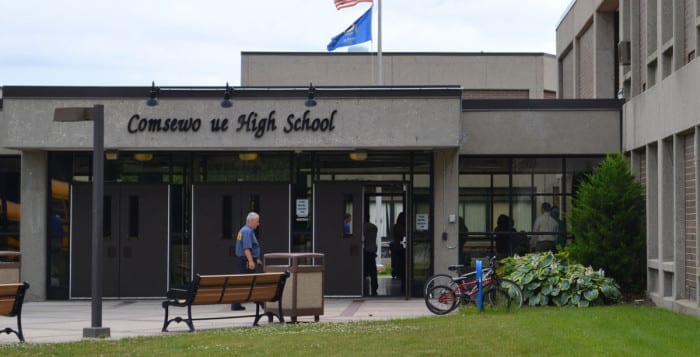
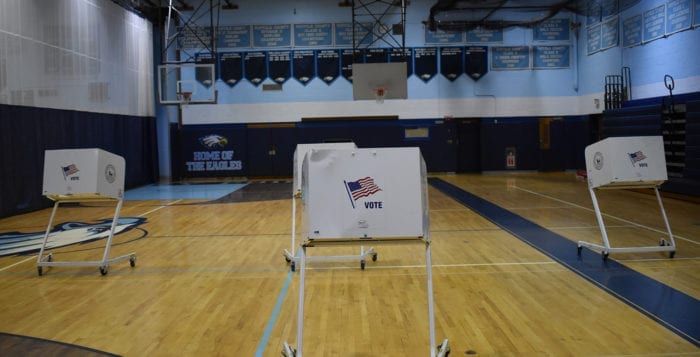



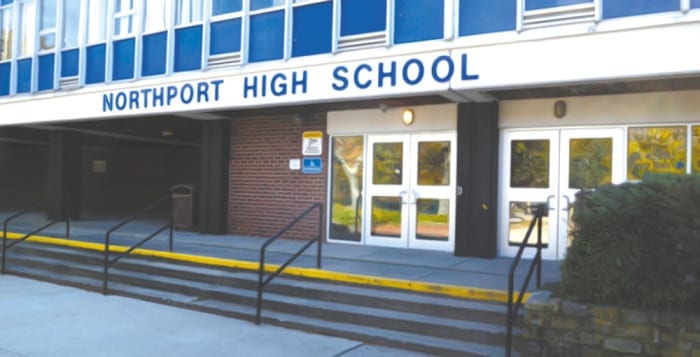
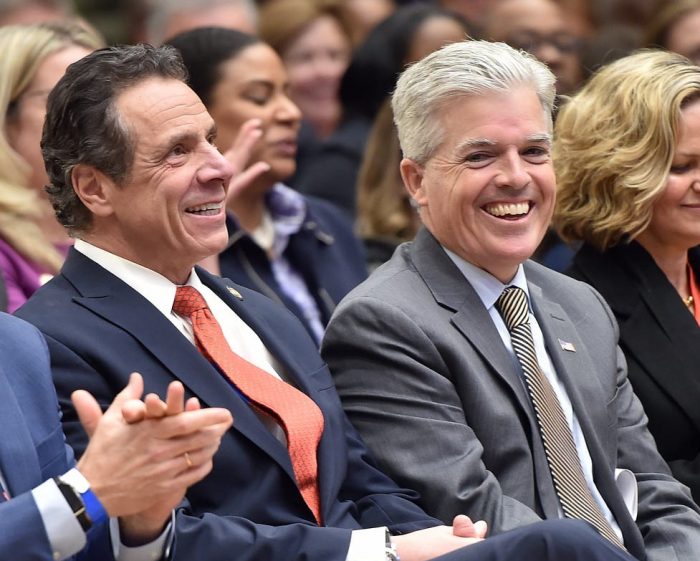
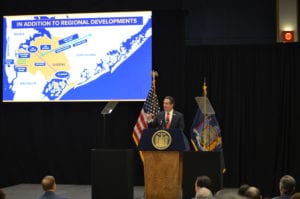 On the tax front, Long Islanders, according to the governor’s report, pay some of the highest property tax bills in the United States. Over the last 20 years, Cuomo said, local property taxes rose twice as fast as the average income.
On the tax front, Long Islanders, according to the governor’s report, pay some of the highest property tax bills in the United States. Over the last 20 years, Cuomo said, local property taxes rose twice as fast as the average income.

